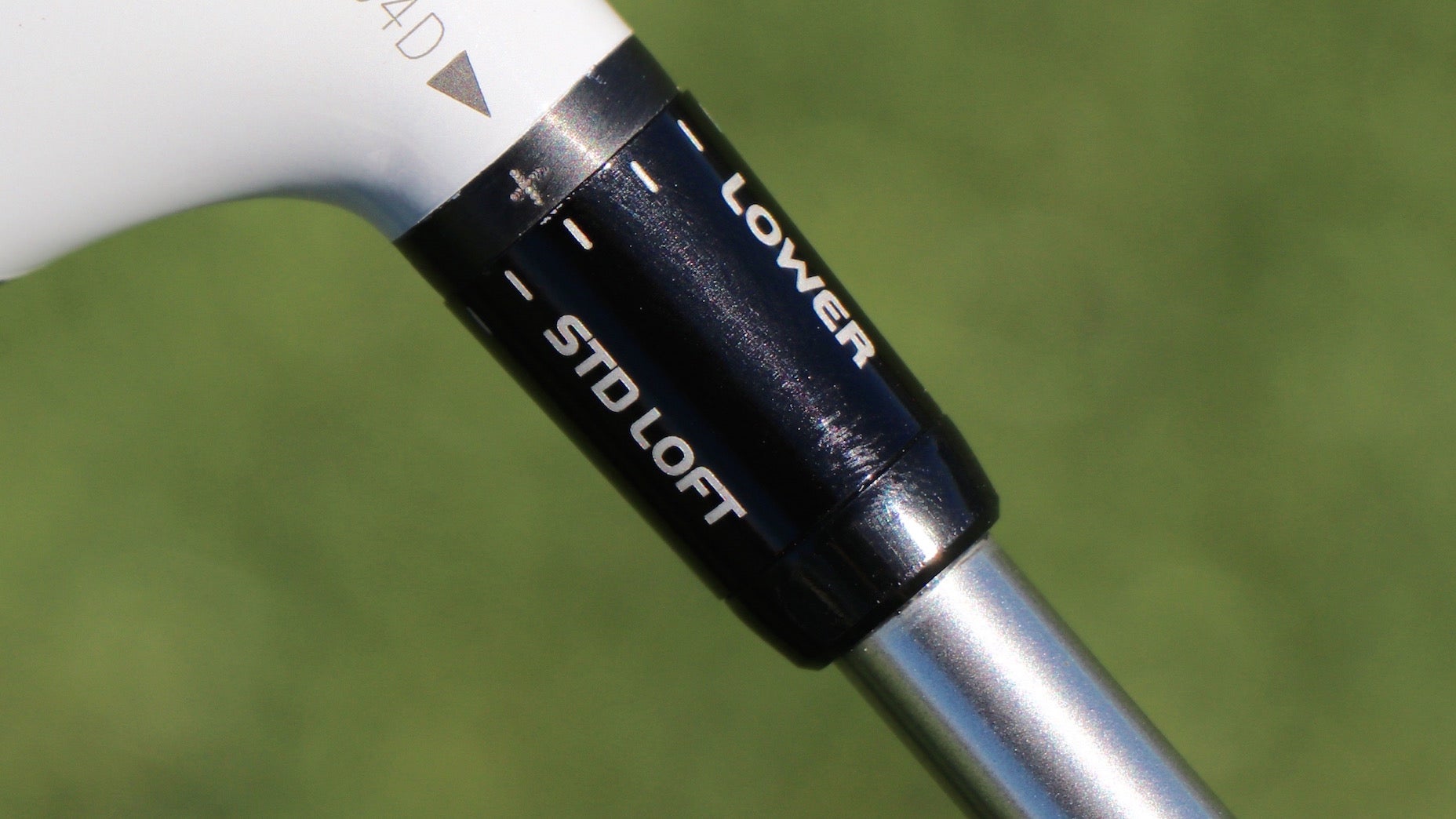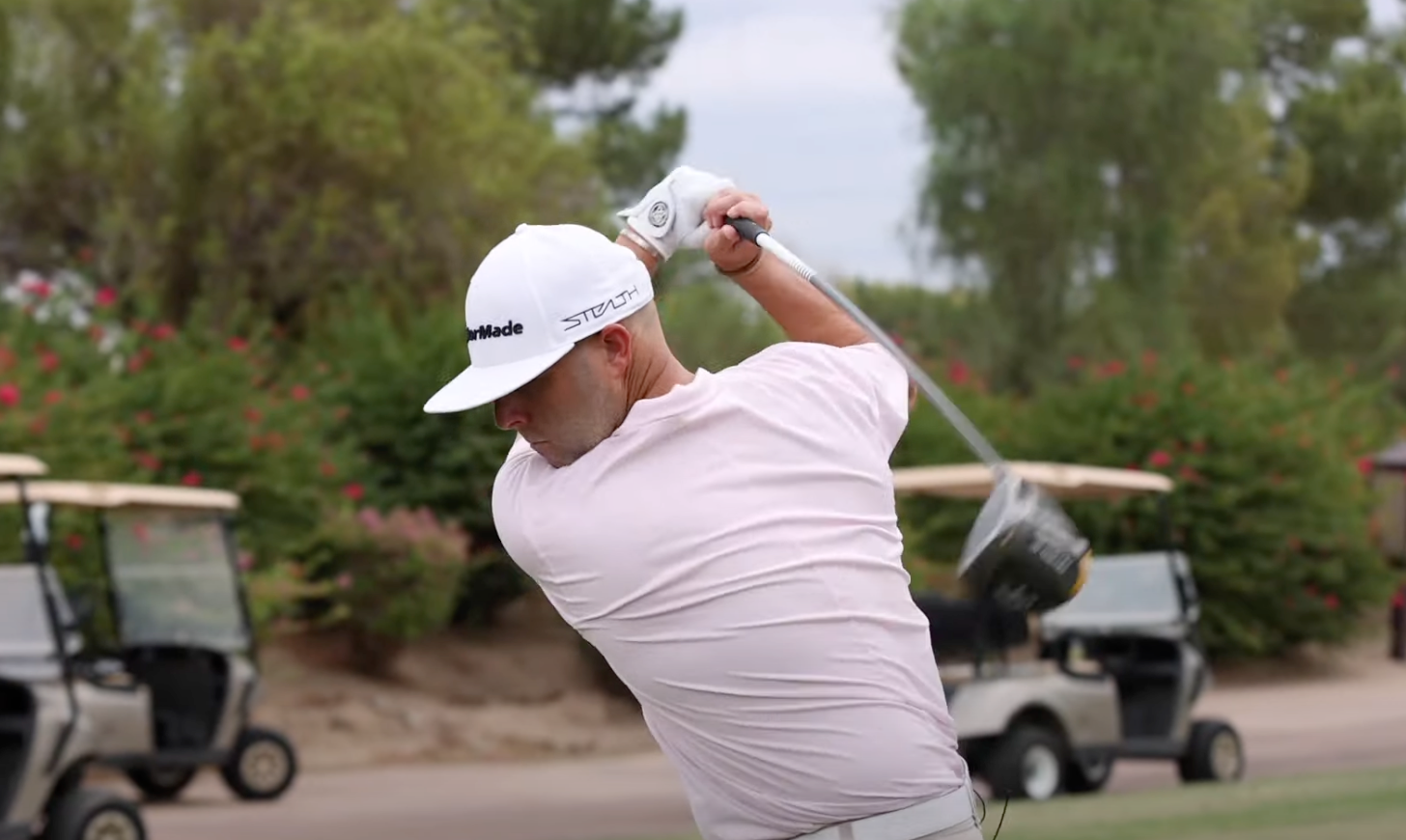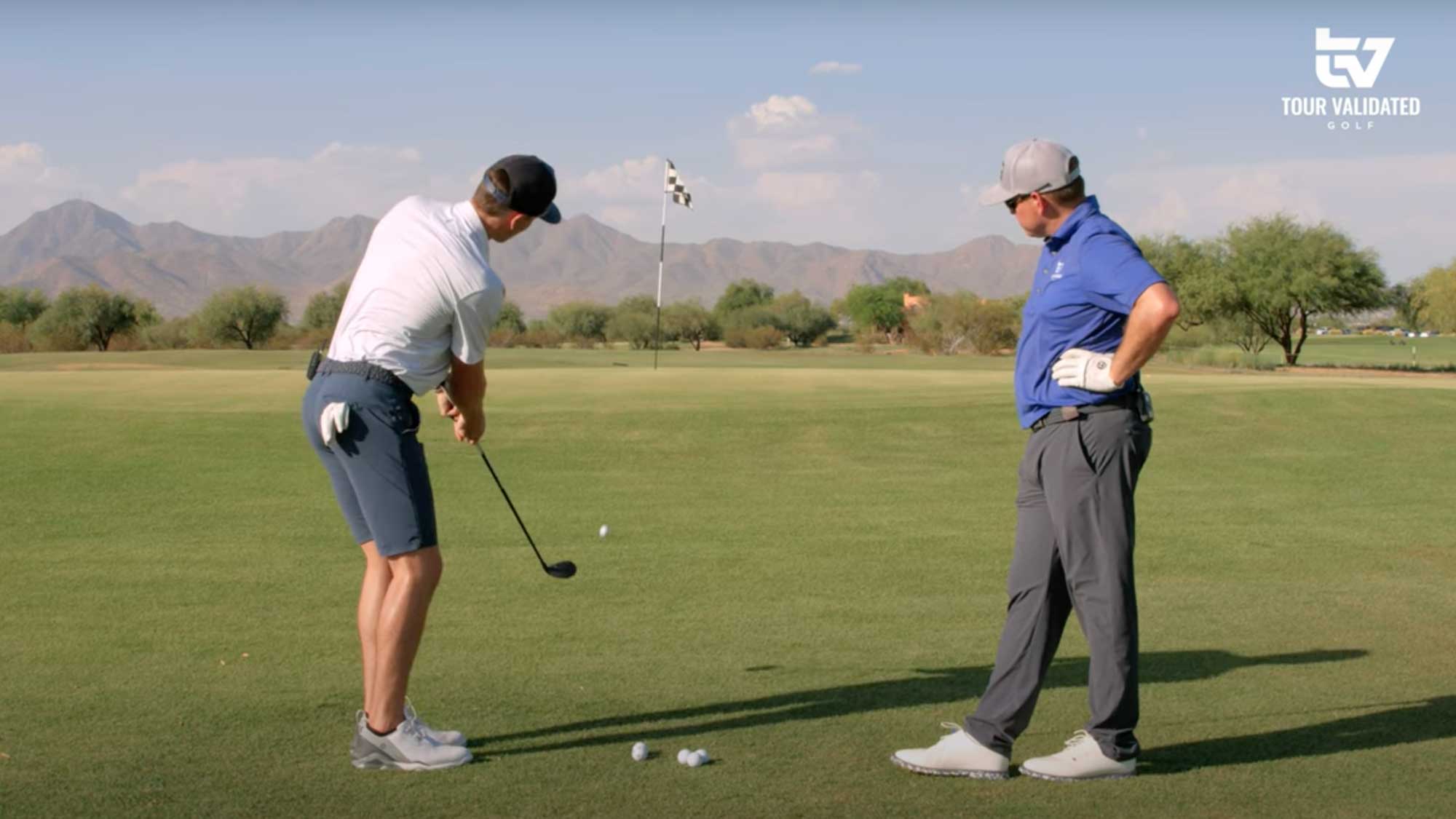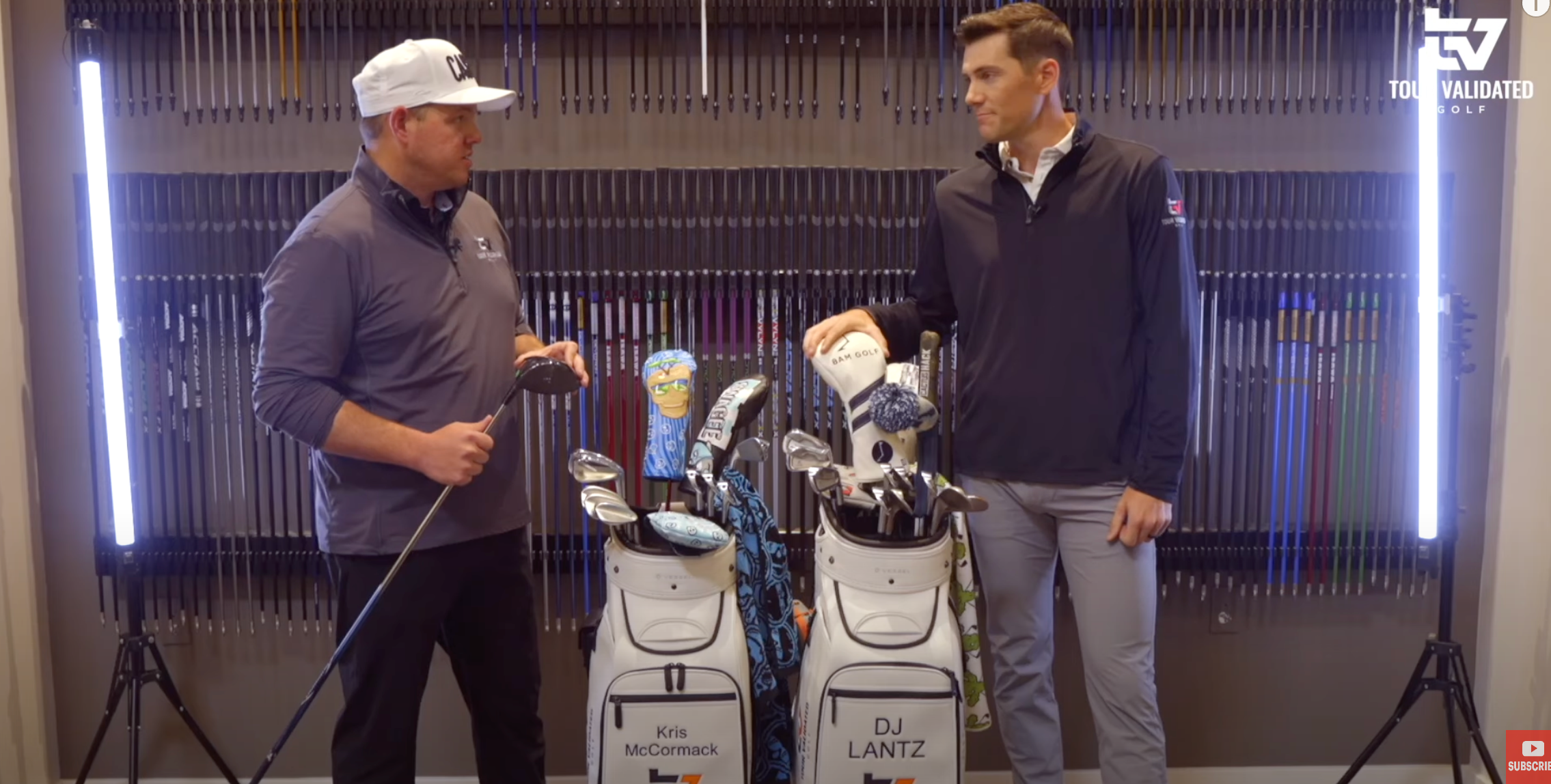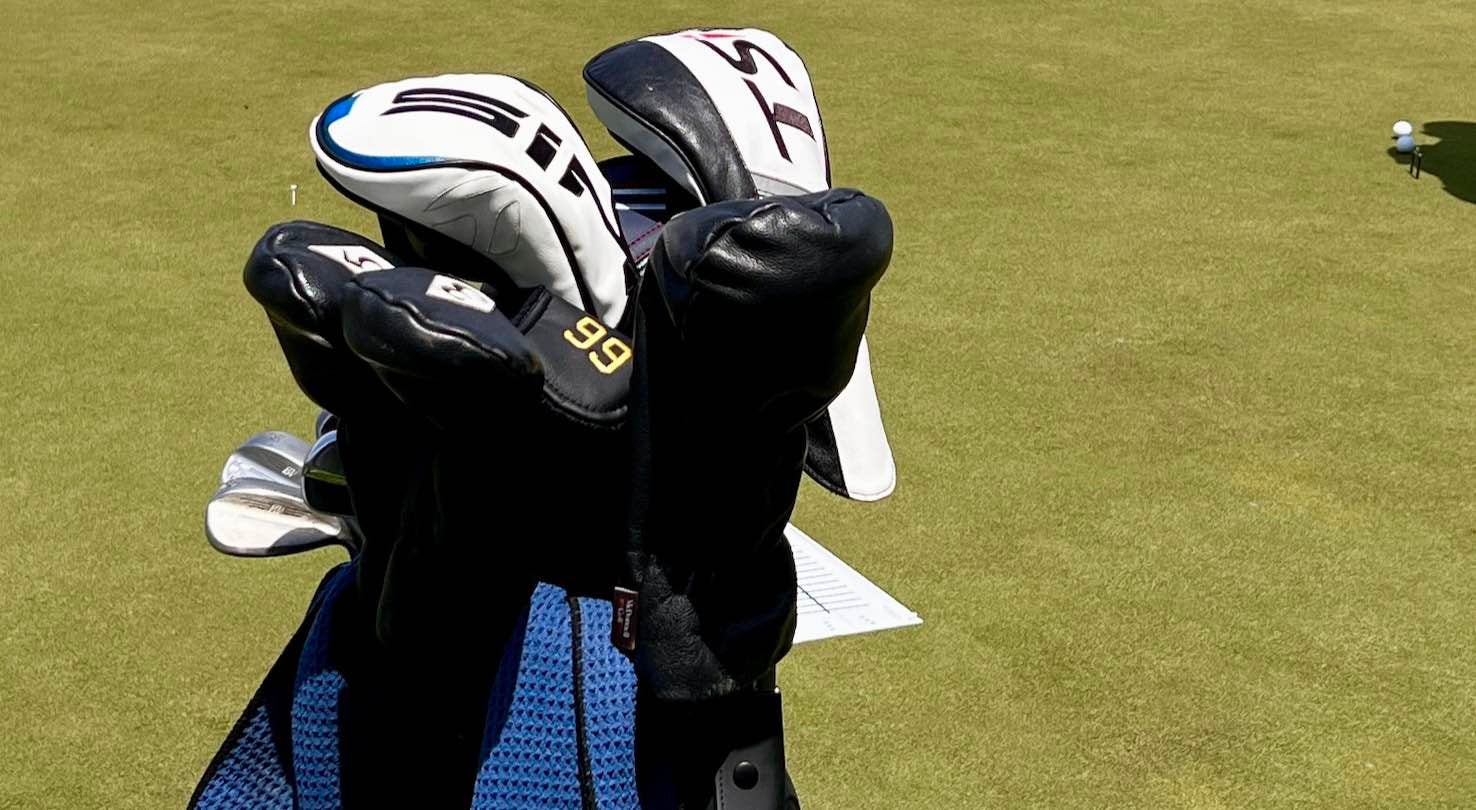Welcome to Fit Factor, a new GOLF.com series in which we’re shining a light on the importance of club fitting, powered by insights, data and other learnings from the experts at our 8AM Golf sister company, True Spec Golf.
***
Your golf swing has officially hit the skids and you’re looking for a lifeline. Something. Anything to get your game back on track.
The most logical place to start is a lesson. A local teaching professional has the tools to resuscitate your swing.
But what if the “fix” is more of a temporary band-aid? If you happen to be playing with clubs straight off the rack — meaning you were never properly fit to begin with — it’s possible that a lesson might only take you so far. Something else to consider is the possibility that your big miss or a lack of consistency is tied to an ill-fitting club.
If the club isn’t fit for a golfer’s game, there’s a high likelihood they’ll have to make swing adjustments to compensate for the areas where the club is lacking. Maybe it’s a too-stiff shaft that requires you to swing harder and help the ball up in the air. Maybe it’s an improper lie angle that’s keeping you from making consistent contact.
7 things I wish more golfers knew about golf equipmentBy: Andrew Tursky
The good news is most of the common misses golfers struggle with are fixable. Sometimes the solution is seeking out a teaching pro. Other times it’s getting your clubs checked out by a certified club-fitter who can turn your consistent miss into something you can work with by simply analyzing your clubs and making a few tweaks.
“Even high handicaps deliver the club to the ball in a far more consistent pattern than even golf professionals ever thought prior to all this technology,” said Tim Briand, senior vice president at 8AM Golf sister company True Spec Golf. “Because they deliver the club to the ball very similarly and the factor that’s changing the most is face angle and strike point because of face angle, we can actually start to mitigate face angle through fitting.
“So can we get a guy who’s got a 20-degree face angle variation down to 1 degree? No. Can we take a guy with a 20-degree face angle variation and get him down to 10 degrees? Yeah, maybe. That’s definitely attainable through a fitting.”
In this case, tightening up an unwieldy face angle variation is going to shore up dispersion, a measure of club accuracy. With a range of tools at their disposal — launch monitors and a loaded fitting cart — a certified fitter is more than able to assess the situation and offer a remedy that could stick for the longterm. That could mean a new draw-biased driver head to mitigate a slice or a tip-stiff shaft to knock off unwanted spin.
It’s important to note that an ill-fitting club isn’t always the culprit, but it’s better to cross it off the list, especially if the club in question came from off the rack.
“I don’t want to rain on their parade, but unless the golfer in question is willing to spend significant time on the practice tee and address the nutritional and fitness aspects, they’re always just going to be putting band-aids on their mechanics that don’t stick,” Briand said. “Fitting does stick.”
Finding the proper fit for your game is just one part of the equation. There other is getting the clubs built correctly after the fitting — assuming you need new clubs — but we’ll touch on that in a later piece. For now, consider the idea of going to see a certified club-fitter if your most recent lesson only provided a temporary fix.
There’s a chance you could be trying to manipulate your swing with a club that isn’t built to accentuate the best parts of your game. And if that’s the case, you’re fighting an uphill battle.
